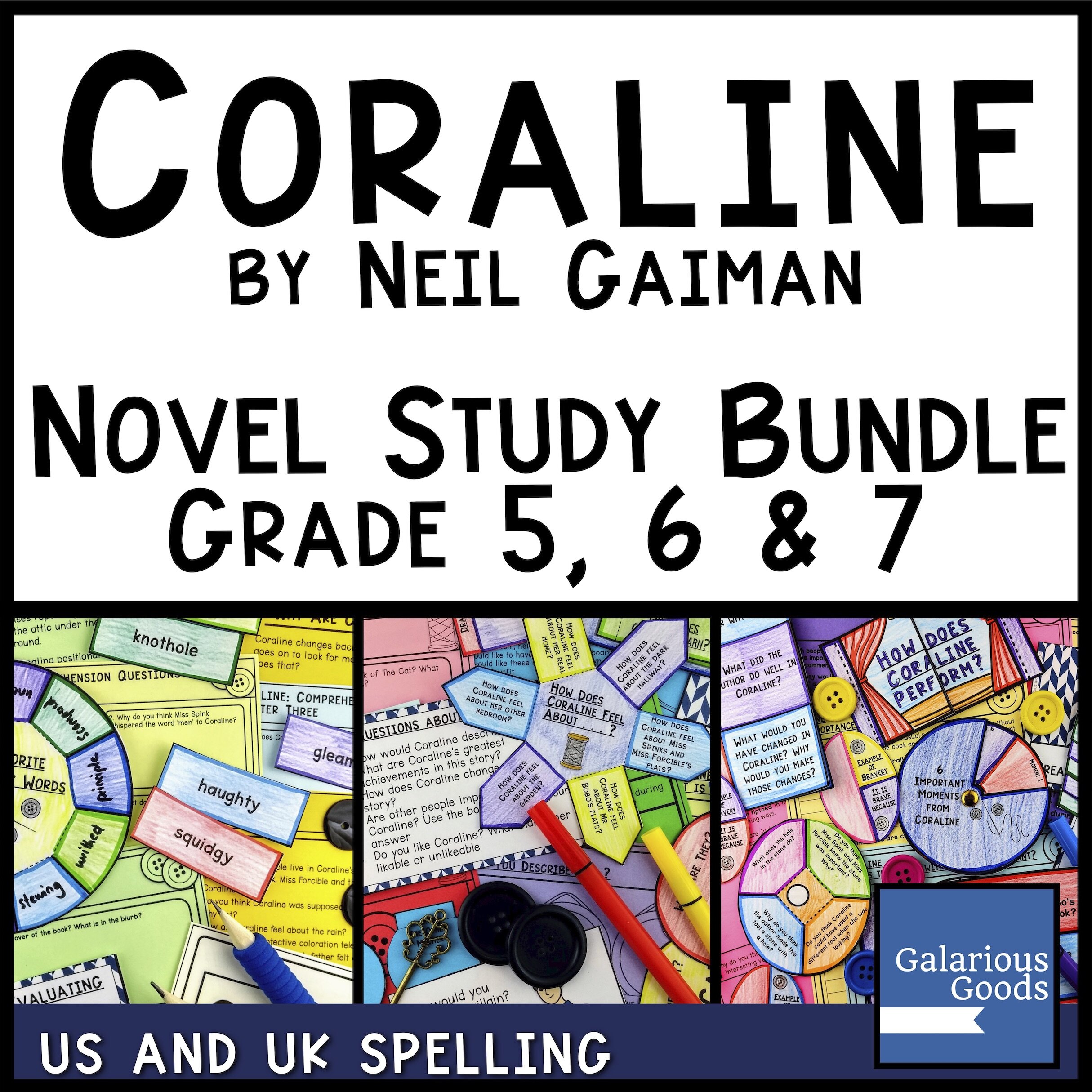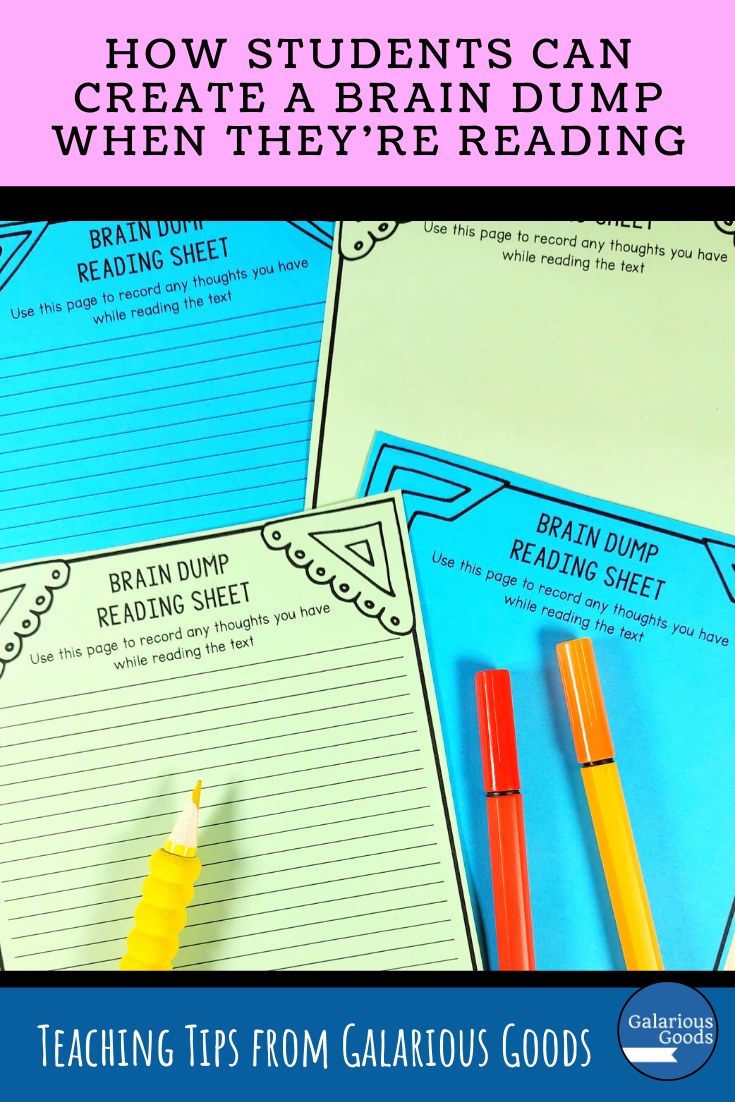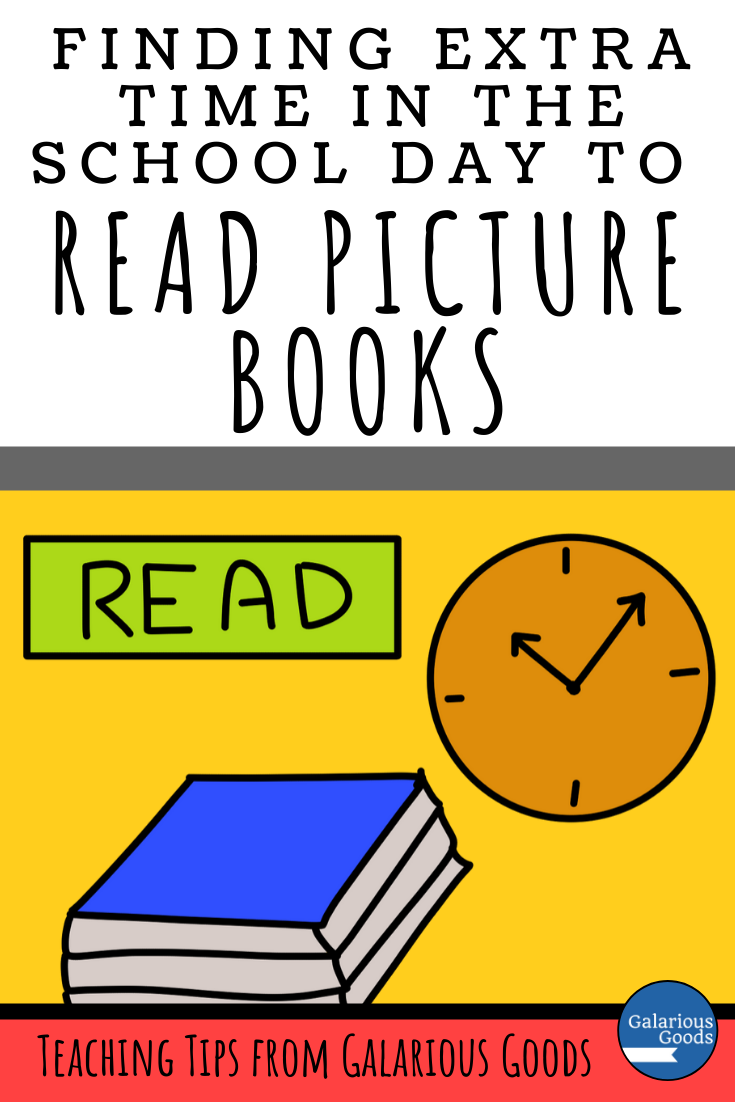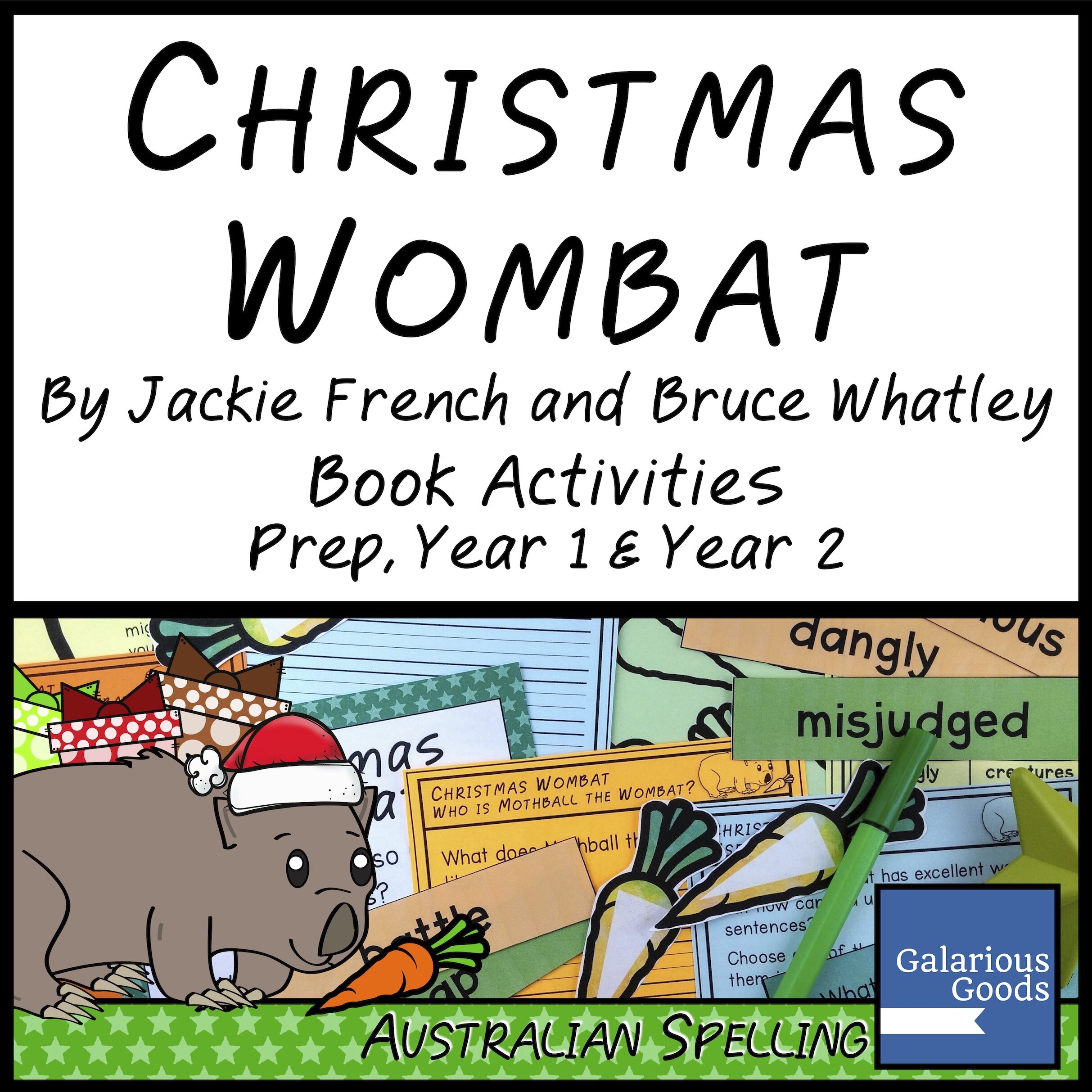Book of the Day Teaching Ideas: For When You Want To Dance
/Each weekday I share picture books for the classroom and teaching ideas over at the Galarious Goods Instagram account. Now I’m happy to share them here with you.
Josephine Wants to Dance by Jackie French and Bruce Whatley
This book, following the story of Josephine the kangaroo who really wants to be a ballet dancer, is a wonderful story about holding onto dreams.
This is a great story to retell from different points of view - from what Josephine’s brother was thinking to how the other dancers in the company react.
Memorial by Gary Crew and Shaun Tan
Based around a Memorial tree, this book tells the story of different generations of one family who’ve experienced war - the perfect book for Anzac Day or Remembrance Day
Students can create a timeline of the different wars mentioned in the book and undertake more research into those wars.
Errol! by Zanni Louise and Philip Bunting
This lovely, funny book about a penguin who won’t listen to his mother is a great book to explore with lower primary students.
Students can expand their writing skills by writing about Errol’s adventures and the places he went.
Engibear’s Dream by Andrew King
Engibear’s Dream is perfect for STEM activities, with a focus on what you should do when an engineering project doesn’t quite work the way you hope it will.
Students can use this text as an introduction to engineering, examining the book for vocabulary which they could use as they write about their own engineering adventures.
Whoever You Are by Mem Fox
This sweet book explores the diversity we can find in our communities and in our world - it’s a great book for lower primary students.
Students can use the book as inspiration as they create a portrait of who they are and the world around them.

























































































